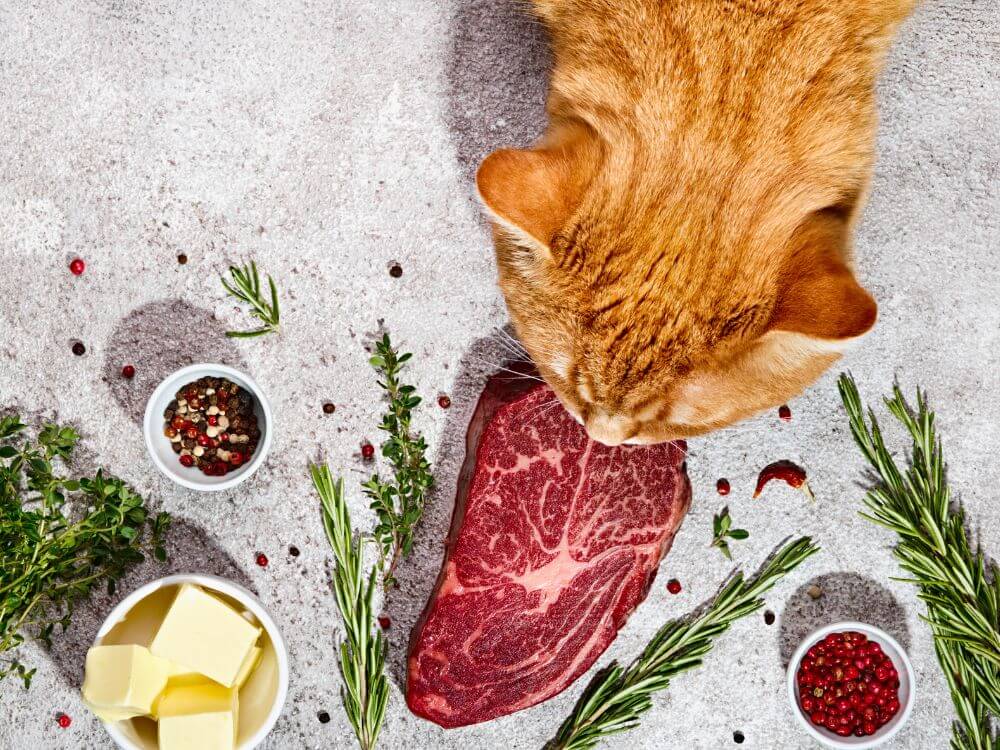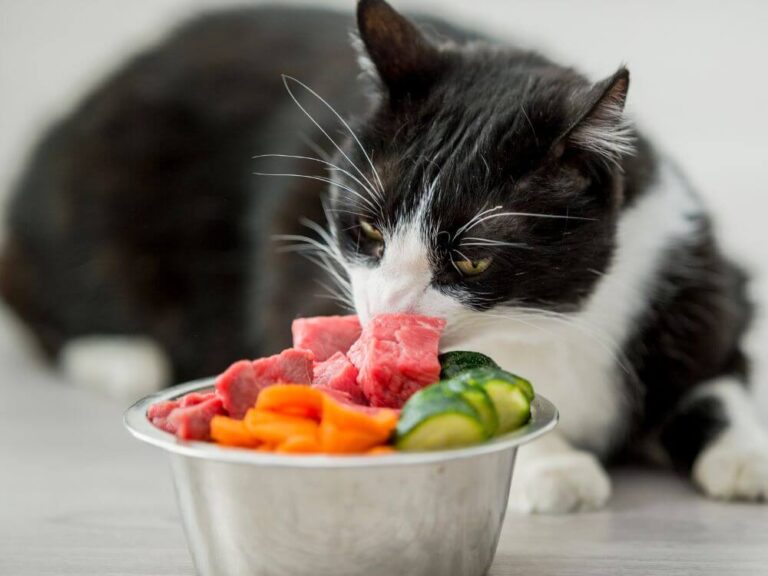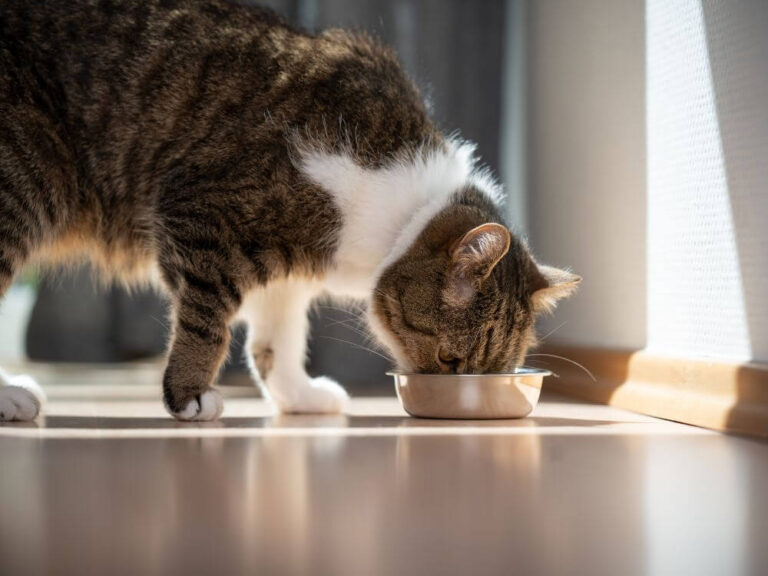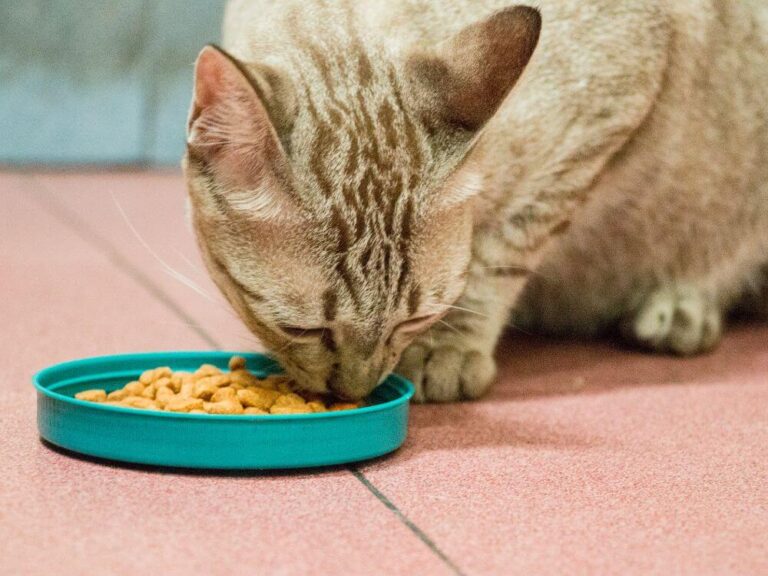Cats and Raw Food: Is It Worth Trying?

Cats have evolved as obligate carnivores, thriving on diets high in meat and protein. As a result, many cat owners have begun to explore raw food diets, believing that these mimic the natural diets of their feline companions. But is feeding your cat raw food the right choice? In this article, we’ll explore the benefits and risks of raw diets for cats, as well as how to transition them safely.
Understanding the Raw Diet for Cats
A raw cat food diet typically consists of uncooked meats, organs, and bones. Some people also include a mix of vegetables and supplements to ensure their cat gets essential nutrients. This diet aims to replicate what wild cats would eat, such as small prey, birds, and rodents.
Key Ingredients in a Raw Diet:
- Muscle meat (such as chicken, turkey, or beef)
- Bones (for calcium and phosphorus)
- Organ meats (like liver and kidneys)
- Supplements (to add missing nutrients)
While raw diets have gained popularity, they are not without controversy. The decision to feed raw food requires careful consideration of both the potential health benefits and the risks involved.
Benefits of Raw Cat Food
Proponents of raw feeding argue that it offers numerous health benefits. Here are some of the most commonly reported advantages:
1. Healthier Coat and Skin Raw cat food often contains higher levels of fatty acids, particularly omega-3s, which help maintain healthy skin and a shiny coat. Many owners notice a significant improvement in the softness and luster of their cat’s fur after switching to a raw diet.
2. Better Dental Health Chewing on raw bones helps clean your cat’s teeth naturally, reducing plaque and tartar buildup. This can prevent gum disease and other oral issues, resulting in fresher breath and stronger teeth.
3. Improved Digestion Raw diets can be easier for cats to digest, as they align with their carnivorous nature. The high protein content of raw food may reduce digestive issues, such as vomiting or diarrhea, in some cats.
4. Increased Energy Levels Many owners report that their cats have more energy and vitality on a raw diet. This is likely due to the high-quality, easily digestible proteins and fats present in raw meat.
Risks of Feeding Raw Cat Food
While raw food has potential benefits, there are several risks that should not be ignored. Raw feeding is not suitable for every cat or household.
1. Bacterial Contamination One of the most significant concerns with raw cat food is the risk of bacterial contamination. Raw meat can contain harmful pathogens like Salmonella, E. coli, and Listeria, which can cause serious illness in both cats and humans. Handling raw meat in your home also increases the risk of spreading bacteria.
2. Unbalanced Diet Preparing a balanced raw diet can be challenging, especially if you are making the food at home. Cats require specific nutrients, including taurine, calcium, and vitamin D, which must be present in the right quantities. An unbalanced diet can lead to serious health problems over time, such as bone weakness or heart disease.
3. Potential for Bone Injuries While raw bones can benefit dental health, they also pose a risk. Large or improperly prepared bones can splinter and cause choking, dental fractures, or intestinal blockages. It’s essential to use appropriate-sized bones and supervise your cat while they eat.
Transitioning Your Cat to a Raw Diet
If you’ve decided to try a raw diet, it’s crucial to transition your cat gradually to minimize any digestive issues. Cats are creatures of habit, and sudden changes in diet can cause stress and gastrointestinal upset.
Steps for a Smooth Transition:
- Start Slowly – Begin by mixing a small amount of raw food into your cat’s regular diet. Gradually increase the portion of raw food over a week or two.
- Monitor Your Cat – Keep an eye on your cat’s behavior, energy levels, and stool consistency during the transition. If you notice any signs of discomfort, slow down the process.
- Consult Your Veterinarian – Speak with your vet before making any major dietary changes. They can help guide you on how to create a balanced raw diet and suggest necessary supplements.
- Keep it Fresh – Always store raw food in the fridge or freezer and thaw it safely before serving. Discard any uneaten food to avoid bacterial growth.
Commercial vs. Homemade Raw Diets
You have two main options when feeding a raw diet: homemade or commercially prepared raw cat food. Each option has its pros and cons.
Commercial Raw Cat Food:
- Convenient and easy to serve
- Pre-formulated to meet nutritional requirements
- Often frozen for safety
- More expensive than homemade
Homemade Raw Cat Food:
- You control the ingredients
- Can be more cost-effective
- Requires careful meal planning and supplementation
- Risk of an unbalanced diet if not done correctly
Is Raw Food Right for Your Cat?
Every cat is different, and not all will thrive on the same diet. Some cats may experience improved health on a raw diet, while others may have adverse reactions. Consider your cat’s age, health status, and specific needs before making the switch.
Pros of Raw Food:
- Mimics a natural diet
- Can improve coat and dental health
- High protein and low carbohydrate content
Cons of Raw Food:
- Risk of bacterial contamination
- Potential for nutritional imbalances
- Requires more effort and supervision
Final Thoughts
Feeding raw cat food can offer benefits, but it’s not without risks. If you choose to switch to a raw diet, make sure you do so with careful planning, proper hygiene, and ongoing consultation with your veterinarian. A raw diet might be the right choice for some cats, but it’s essential to weigh the pros and cons carefully to ensure your cat’s long-term health and well-being.
Conclusion
Raw cat food has both passionate advocates and cautious critics. While it may provide a more natural diet for your cat, the potential risks and challenges of maintaining a balanced, bacteria-free diet make it essential to approach raw feeding with care. Whether you decide to go raw or stick with commercial cat food, your ultimate goal should be to provide your cat with a diet that supports their health and happiness.



